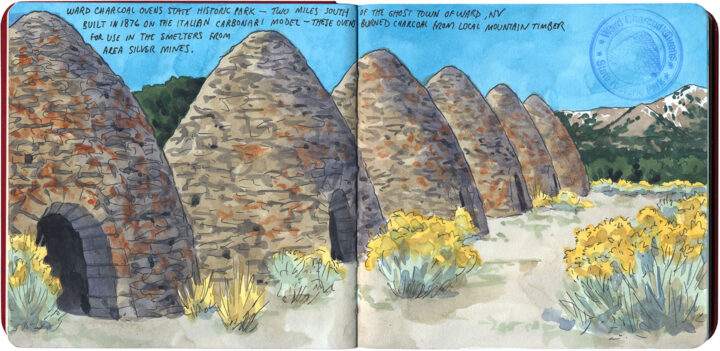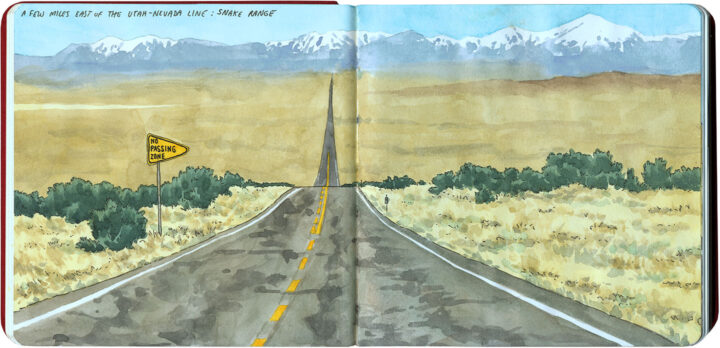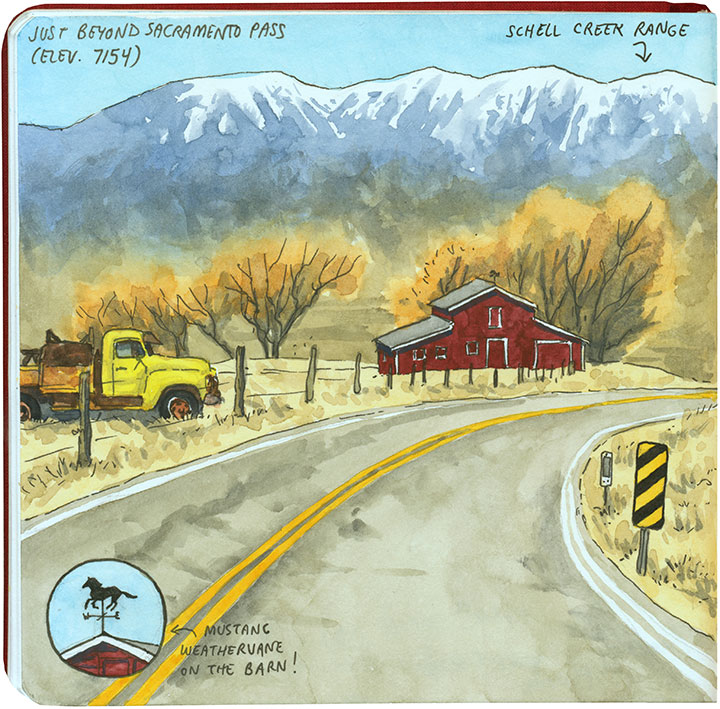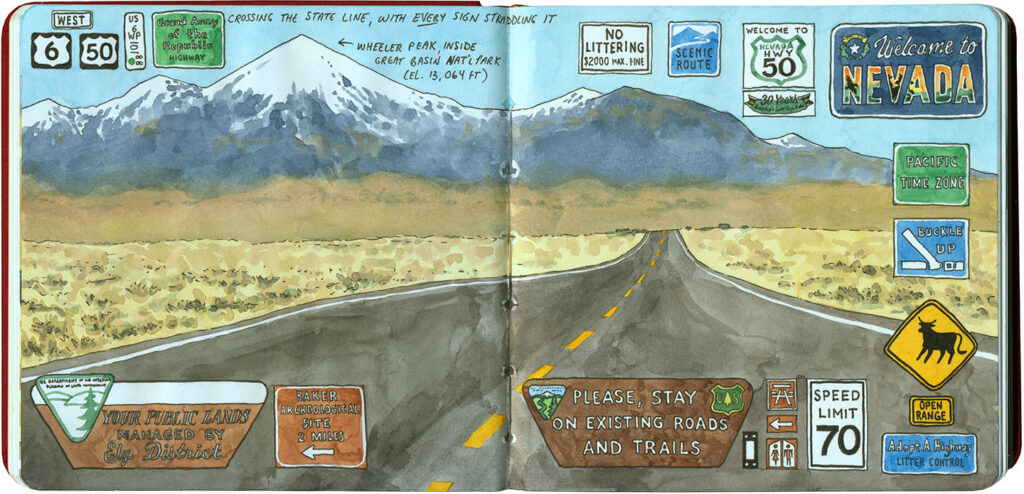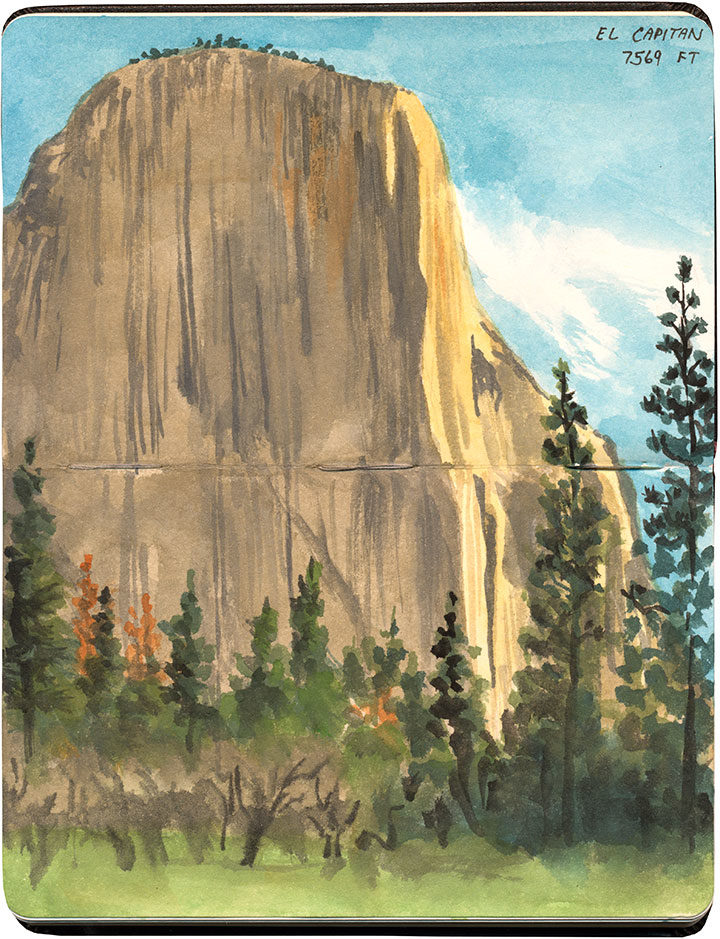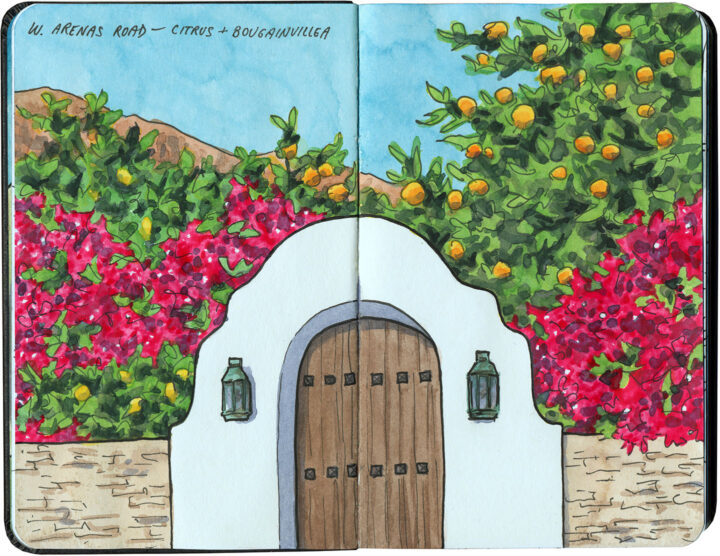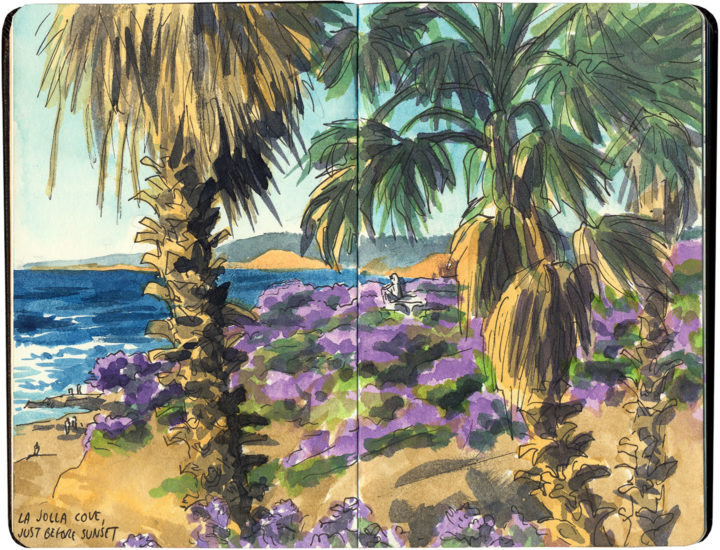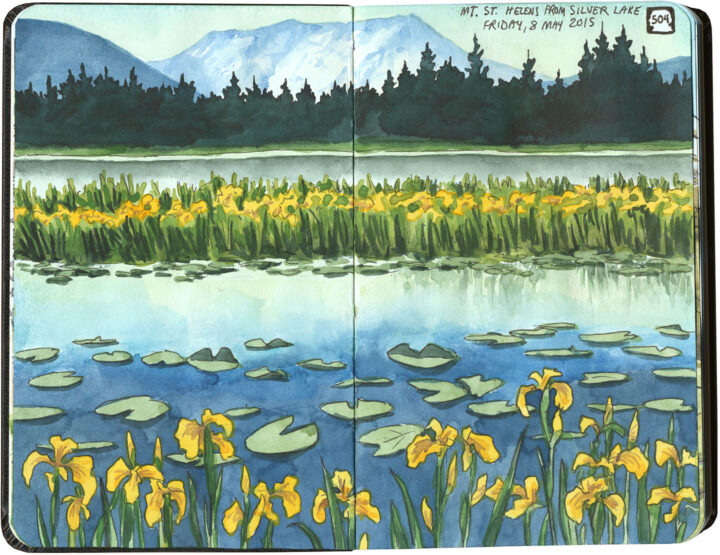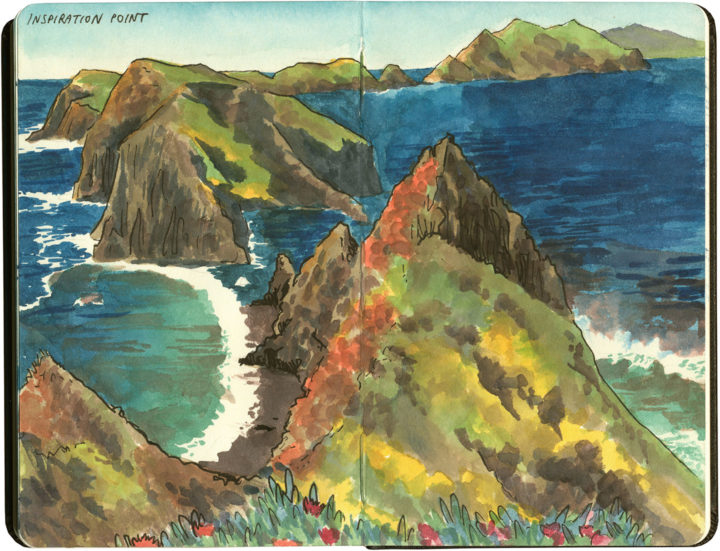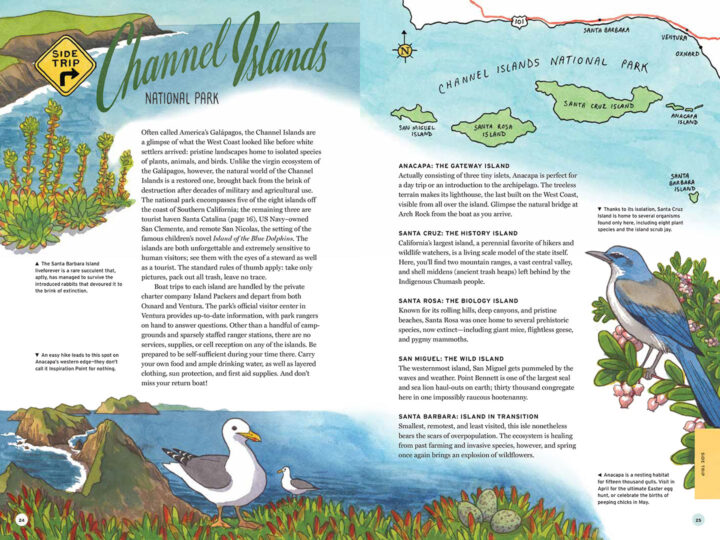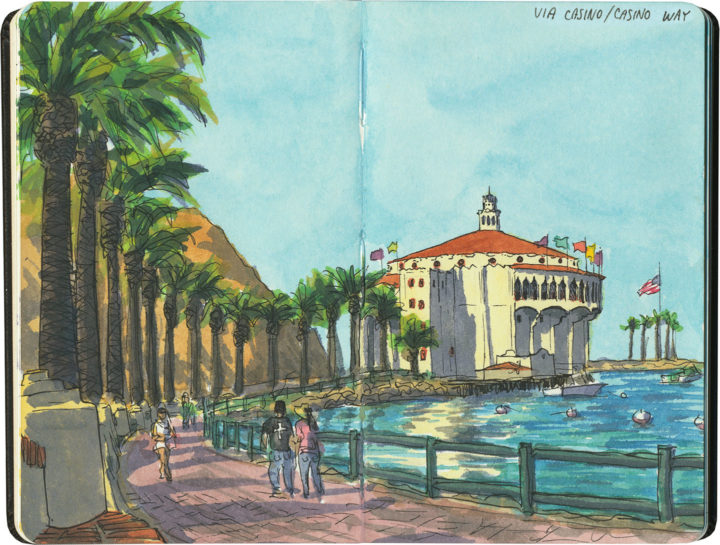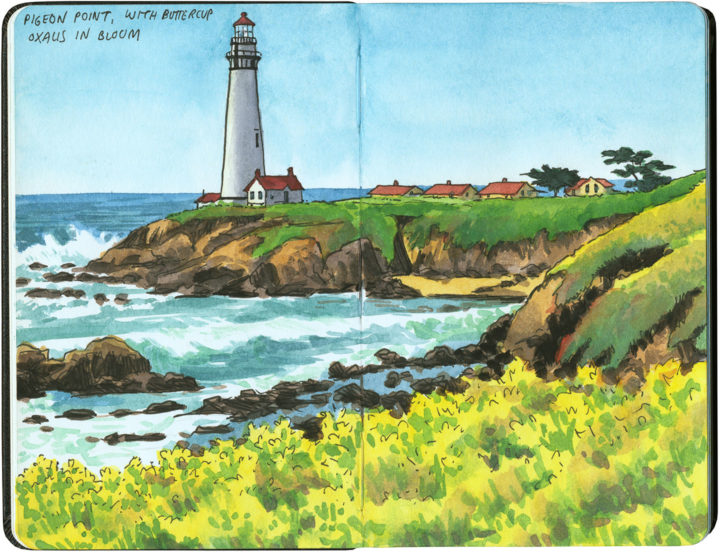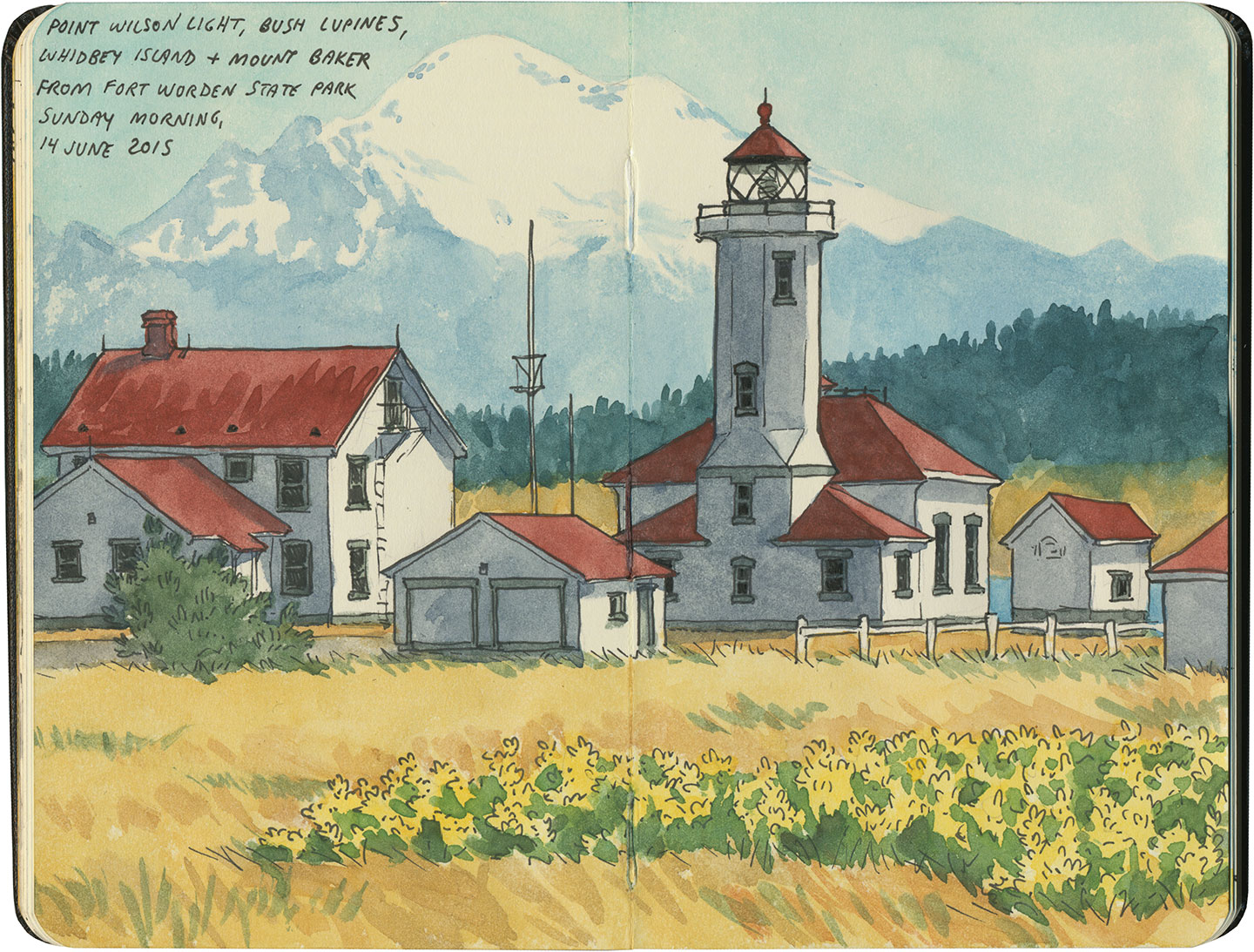One of the things I’ve been doing in my little metaphorical lighthouse lately is dream of sunny shores and road trips past. And my favorite place to remember right now is Santa Catalina Island—26 miles off the coast of southern California—which I visited a few years ago while researching my book. The centerpiece of Avalon, the Catalina’s main town, is the Catalina Casino—which is not that kind of casino at all. The building is modeled after the Italian word meaning “gathering place.” Upstairs is a massive ballroom—the largest circular dance floor on earth. In the 1930s and ’40s, famous big-band musicians broadcast live performances here (which you’ll recognize if you’ve ever seen an old vinyl recording with “Live at the Avalon Ballroom” in the title). Hollywood stars made frequent appearances at these events, as Catalina was long a playground for movie stars from the 1920s until the 60s. Downstairs is the Avalon Theatre, the world’s first cinema ever to be wired for sound. (Its acoustically perfect design was copied at Radio City Music Hall in New York.)
Inside the theater and lining the entry portico are a series of breathtaking art deco murals by John Gabriel Beckman (who designed Grauman’s Chinese Theatre in Hollywood)—those deserve a post all their own, so for now, I’ll stick to the exterior. What I love most about this building is its sheer presence. Not only is it absolutely massive (twelve stories tall!), but its location at the tip of the half-moon harbor makes it the centerpiece of every Avalon view. It’s postcard-perfect in every way.
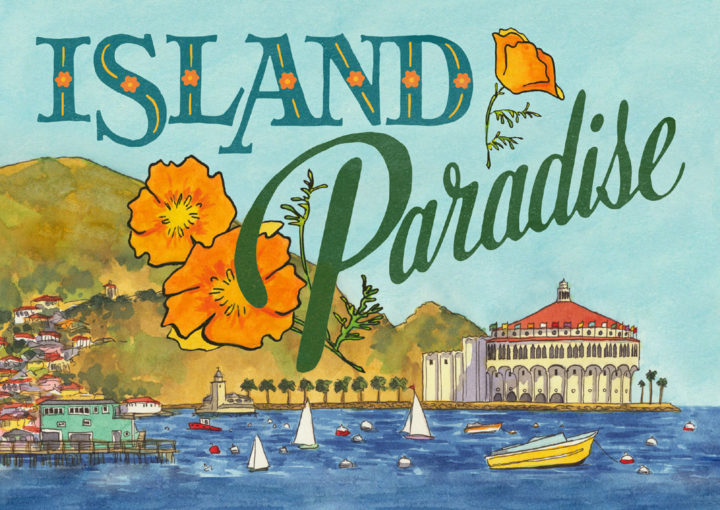
Which, by the way, is why I had to include it in my new postcard book. There are sixteen different postcard designs in the book, and more than 400 illustrations in my Best Coast book—so that made for quite a lot of hemming and hawing between myself, my editors, and the design team at Sasquatch Books over which images to turn into postcard. But not this one. Thanks to the casino, Catalina was a shoo-in—and quite possibly my favorite illustration in both books.
So I’m mailing copies of this card from my studio right now, but it’s my current dream to get back to Catalina sometime soon (when it’s safe to travel, of course), and mail it with a postmark from Avalon.
